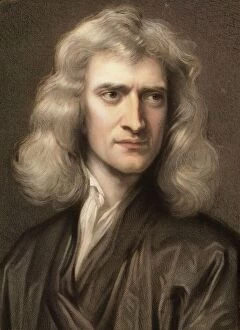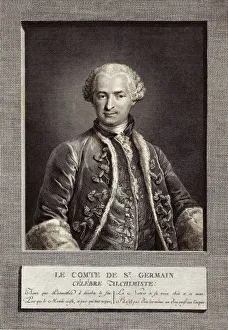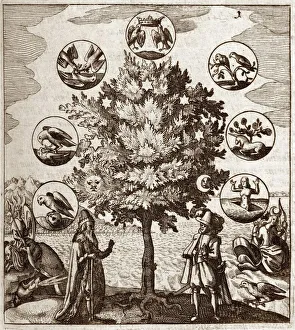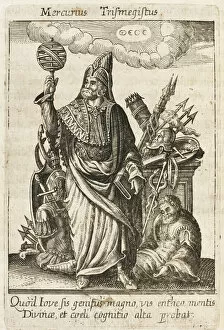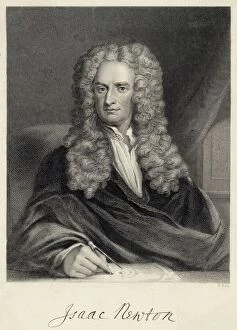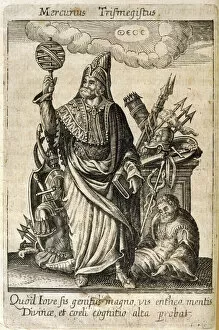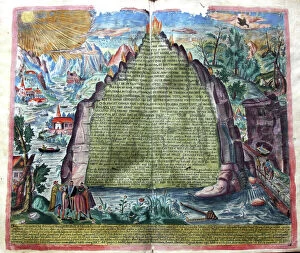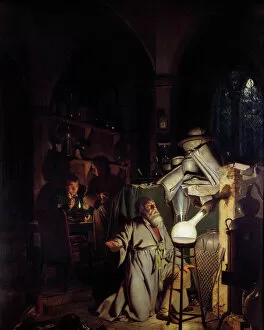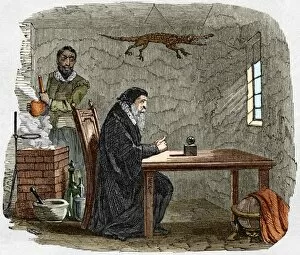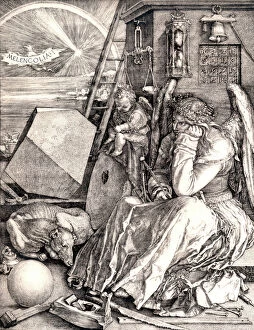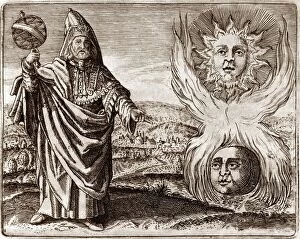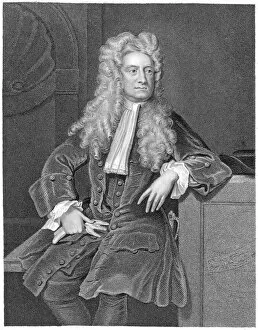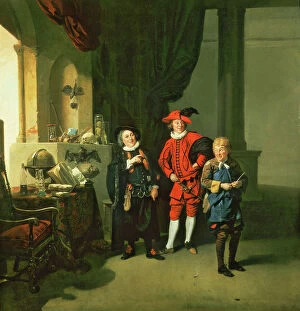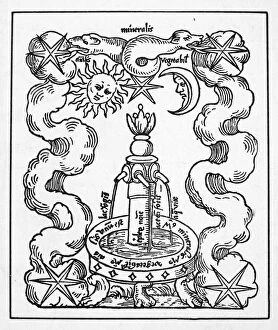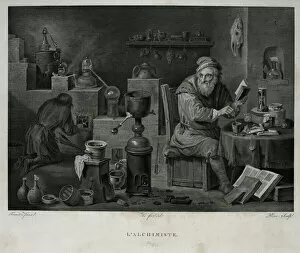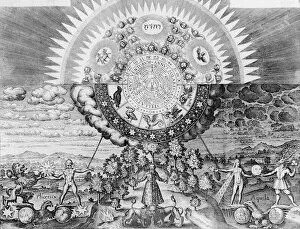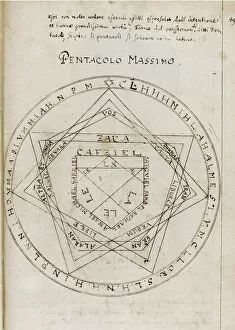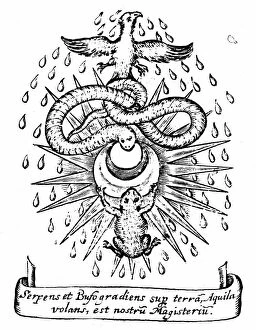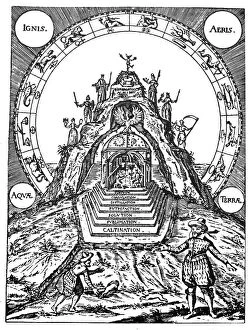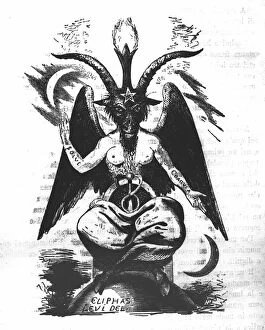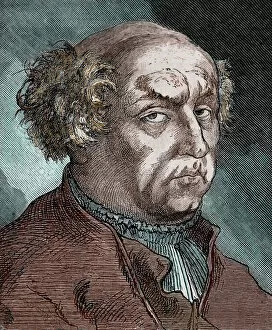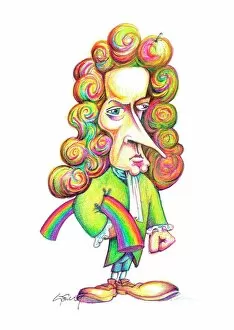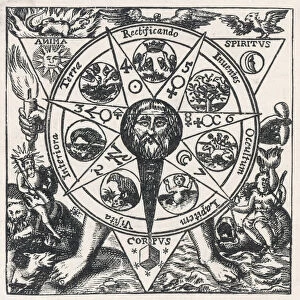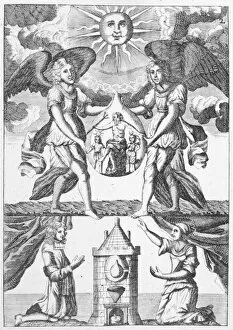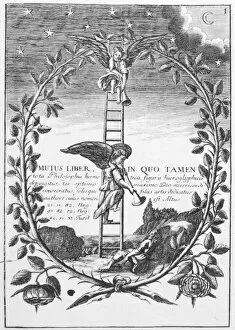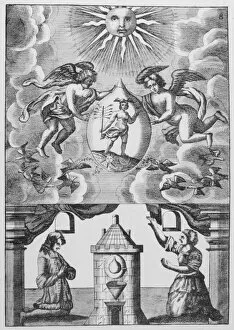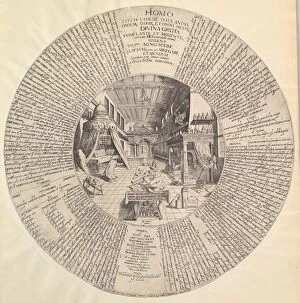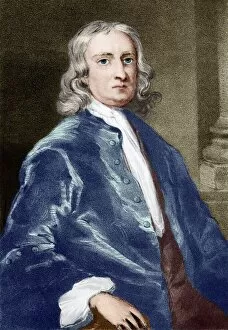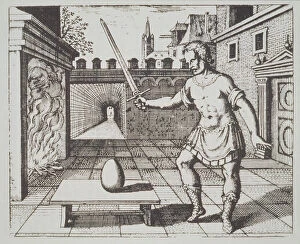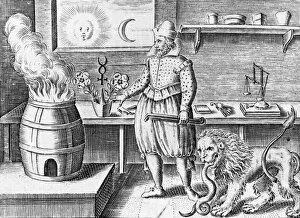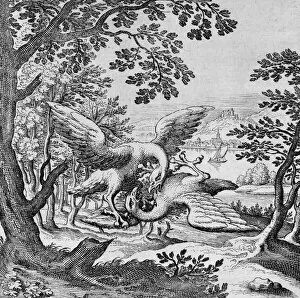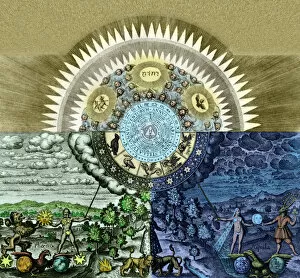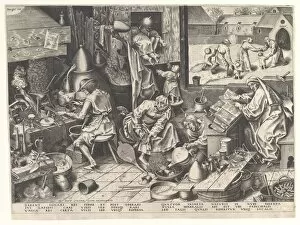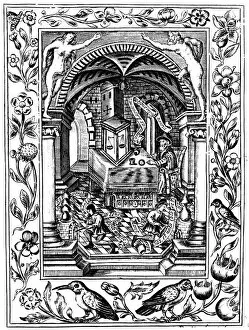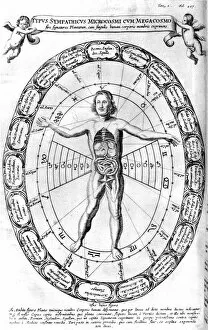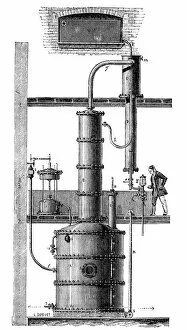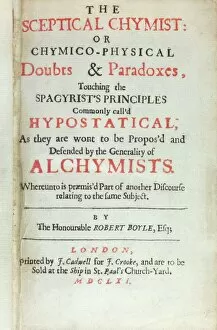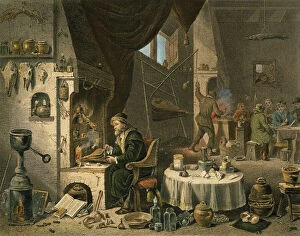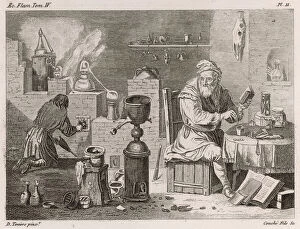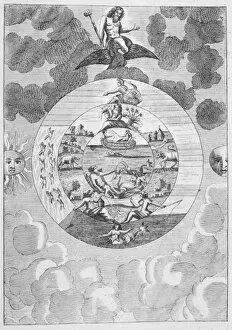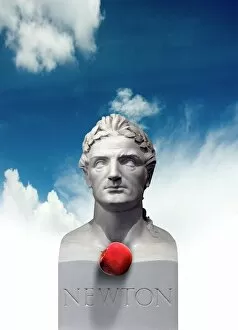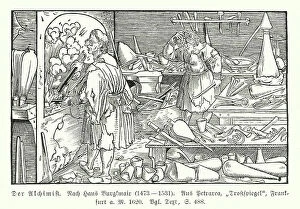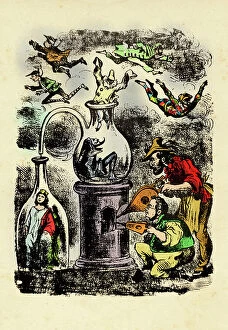Alchemy Collection
"Unveiling the Mysteries of Alchemy: From Sir Isaac Newton to Hermes Trismegistus" Step into the enigmatic world of alchemy, where science and spirituality intertwine
For sale as Licensed Images
Choose your image, Select your licence and Download the media
"Unveiling the Mysteries of Alchemy: From Sir Isaac Newton to Hermes Trismegistus" Step into the enigmatic world of alchemy, where science and spirituality intertwine. In 1689, a young Sir Isaac Newton graced us with his portrait, hinting at his deep involvement in this ancient practice. Alongside him stands an alchemical tree, symbolizing the transformative power of Philosophia reformata. The Count of St Germain emerges as a prominent figure in French alchemy, captivating minds with his mysterious abilities and knowledge. The Tabula Smaragdina, also known as the Emerald Tablet of Hermes Trismegistus, holds secrets that have intrigued seekers for centuries – its anonymous creator leaving us spellbound. Hermes Trismegistus himself takes center stage in this tale; a classical god embodying wisdom and divine knowledge. His teachings influenced many throughout history including Sir Isaac Newton and renowned English mathematician John Dee alongside Edward Kelly. Alchemy itself is a pursuit shrouded in symbolism and hidden meanings. It delves into the transformation of matter – both physical and spiritual – seeking to unlock life's deepest mysteries. As we explore these intricate paths towards enlightenment, we witness David Garrick alongside William Burton and John Palmer performing Ben Jonson's play "The Alchemist, " bringing this arcane art form to life on stage. Sir Isaac Newton reappears once more - not just as a mathematician but also as an ardent practitioner - reminding us that even great scientific minds were drawn to its allure. In our quest for understanding, let us embrace the legacy left by Hermes Trismegistus and delve into the fascinating realm where science meets magic; where transformation becomes possible through both inner reflection and external experimentation.

